Don't wanna be here? Send us removal request.
Text
i typed btghis witj my feet.
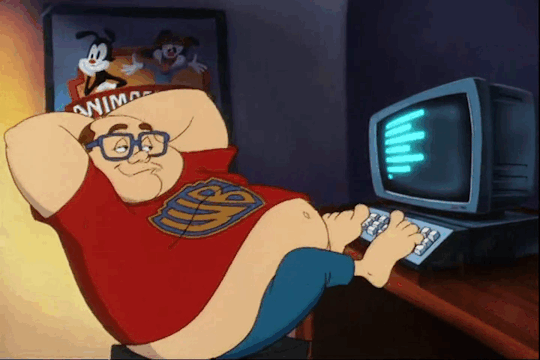
How you feel after reading 2 coding books
6 notes
·
View notes
Text
My final Project: a timeline of adaptations
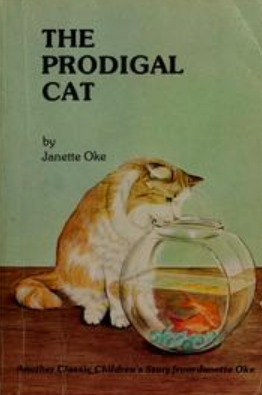
For my final project, I am adapting one of my favorite childhood books into different age-appropriate forms to show how children’s lit has really no solid definition. I chose the book because it is pretty uncommon, and something that I was obsessed with as a wee kiddo. For the project, I made a “mood-board” for the different products for the ages, which include a nursery mobile for infants, a proposal for a picture book with a couple sample sketches for toddlers, and a movie poster with reviews for the teen-adult audience. The original book is meant for kids age 6-10, so I didn't adapt it for that time period.
0 notes
Photo
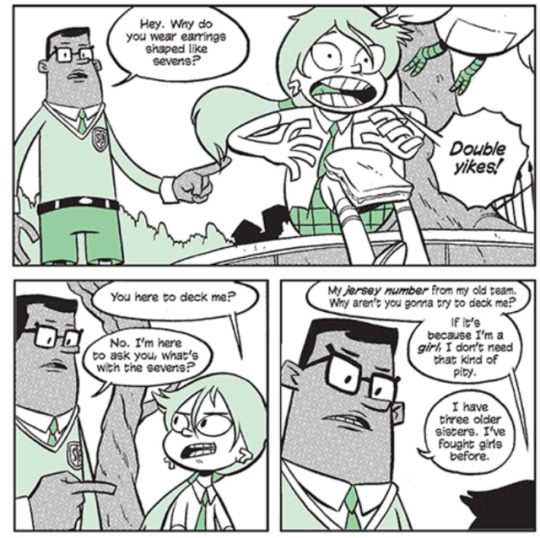
In class, we mentioned the author’s use of diversity in the book. I think it is very pertinent that he used a variety of characters in his work, but I don’t think he really pushes any boundaries as far as race or gender. The main female character is displayed as very “tom-boyish” which still plays into a very masculine-themed field. Also, other than the girls on the basketball team, there are very few other same-age females in the book.
The depiction of the missing-father scenario is something that I feel isn’t commonly displayed in children’s books but important for those to be represented. The book did a good point of picturing that, but I’m annoyed with how mean the girl was to her mother. I also wonder if the missing dad was just to further the plot of the series and not actually provide representation--kinda Wrinkle-in-time-esque?
That being said, I think the book’s representation of gender and minorities is still good and is something to be noted.
0 notes
Photo
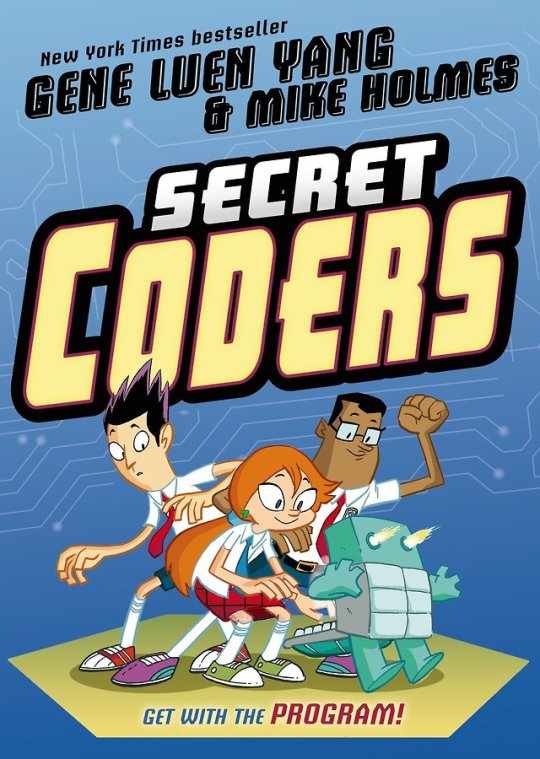
Overall, the book was an interesting application of a graphic novel. it was totally cheesy, but past that, it snuck learning code into a fast-paced form that used repetition to solidify its teachings (the bird’s eyes). The effect was that the reader effortlessly (mostly) learns the very basics of code. This is a great idea, and I honestly wish I had this book when I was little.
5 notes
·
View notes
Photo
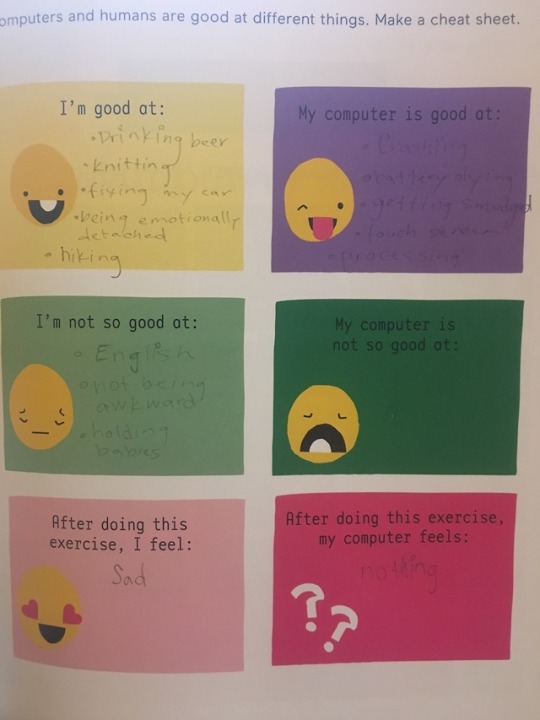
Something the book does especially well is tackling emotional aspects associated with learning about technology. The kids are asked to talk about the limitations and affordances of their computers, and themselves, which (to me) signifies a discussion on how technology isn’t actually human, though there are things computers can do better than humans.
0 notes
Photo
Also, the graphic novel was a very smart form for conveying the text because it gives the book a pacing that would be lost! The heavily dialogued-illustrated form is perfect for an explanation of the science-y things.
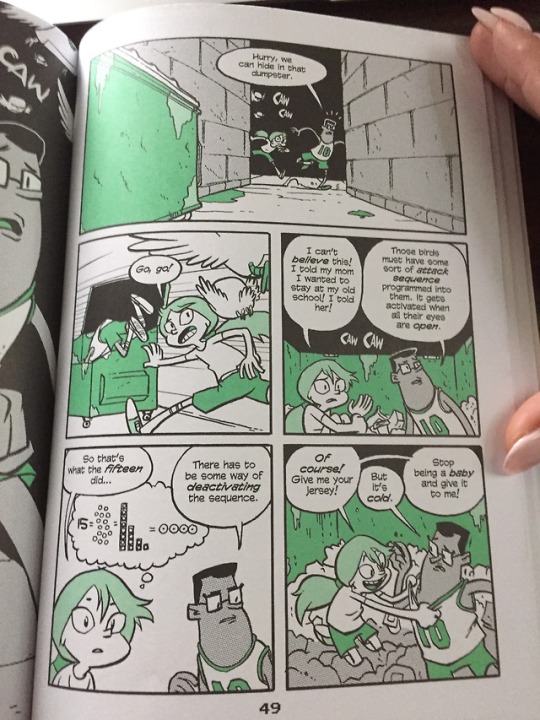
I’ve never read a graphic novel before Secret Coders and I really did enjoy it. I like all the elements that were included in the story like coding, family issues, and young love. I definitely wasn’t expecting all of that. In the beginning, I did find it a little difficult to follow the speech bubbles and what order they go in but I got a hang of it after the first 10 pages. I feel like this is great for children because it is captivating in the illustrations while also teaching them about binary codes and also having a plot to the story.
4 notes
·
View notes
Photo
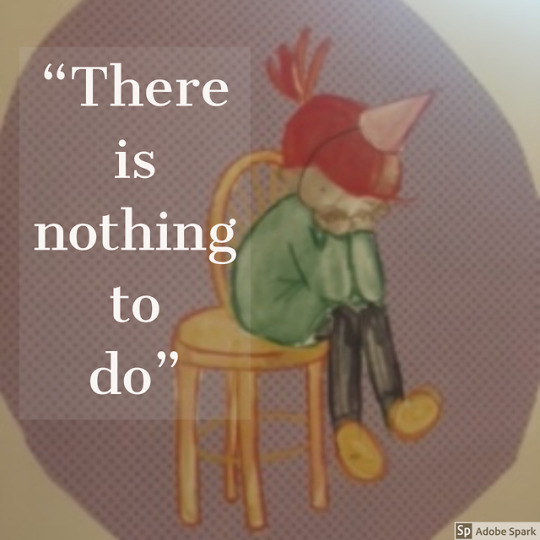
I find a small issue with this portion of the book. I don’t think a healthy reaction to boredom is necessary sneaking into your parent's room and getting on the computer without supervision. The book promotes seeking out technology as an escape from being bored with toys, which is kind of something that terrifies me as not everything on the internet is suitable for children and ruby “plays with the computer all by [her]self,” forgoing parental supervision. Granted, this obviously keys into an opinion on whether kids should be on the internet alone, but the book could have handled her progression to the computer in a better way in my opinion.
2 notes
·
View notes
Photo
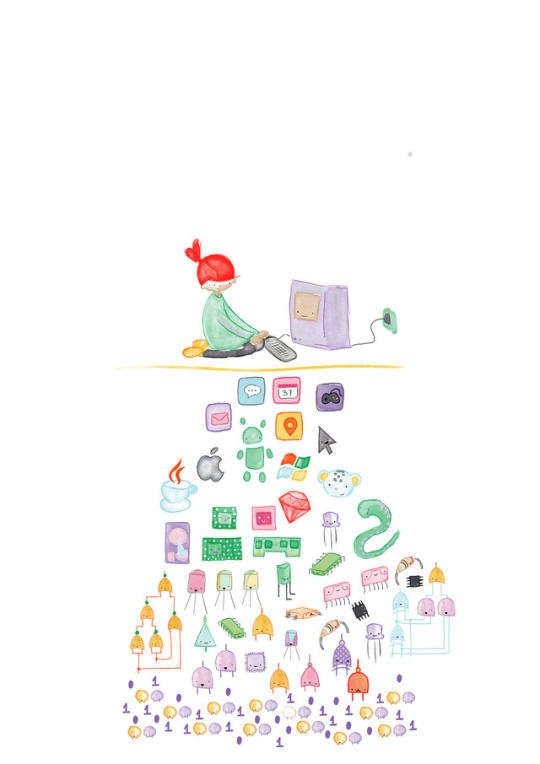
“Hello Ruby” is an incredibly interesting book that showcases an easy way for children (and adults) to understand and explore computers. It was very interesting to see how in-depth the book went on the technical aspects of the technology as well as starting to explain to children where technology begins and ends in relation to other people. I think a huge emphasis should be placed on emphasizing healthy relationships with technology and this book touches on that.
0 notes
Photo

On Monday, our guest speaker presented information about a book called The New Jim Crow, which claims that the US prison system has found a way to perpetuate racism by discriminating heavily dependent on skin color. Though stating it is “Colorblind,” the system makes it impossible to vote for all or get a job for those who are colored vs their white counterparts. I would be interested in reading the book to see the authors argument and answer a couple questions I have regarding the matter. For example, If rates of white felony employment are higher than those of color, wouldn’t it be the employers being racist and not the system that labeled these people? This could just be the sheer fact that the state incarcerates an uneven amount of people, but currently, I think it’s hard to nail a single cause for this trend. I think the book (if written critically) could answer a lot of questions regarding the system. I’ll have to put it on my summer list.
0 notes
Text
“Steve spreads his arms to hug O’Brian, but she stiffens and turns to pick up her papers from the table before them.”
This scene is very telling. It cuts a joyous moment in half and directs the reader towards the question of Steve's actual innocence. The attorney that previously encouraged Steve is now distant and cold, not finding any joy in his acquittal. While I was reading, this is the awkward “there is no happy ending” scene, and it sets up the very self-doubting reflection Steve writes in the last couple of pages. In my opinion, Steve should not have been convicted of murder, but if he really did go into the store as a lookout, should be some sort of punishment? Or was the trial punishment enough?
0 notes
Photo
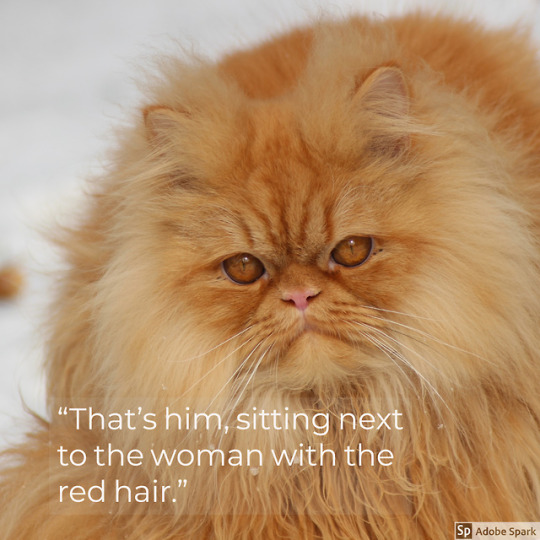
I’ve been thinking about the idea brought up in class about “white invisibility.” I believe this is a factor in the book as the white characters are not outwardly called “white” while the Latino and black characters are pointed out clearly (even sometimes down to tone). This is very evident in O’Brian, Steve’s Defense attorney. The author dances around directly labeling her skin, and the reader assumes she is of Irish descent because of the description of her hair, Steve's mother remarking they should have gotten a black lawyer, and her last name. This invisibility depicted in the book is quite similar to how some perceive the law works as well: if you’re of color then it is noted. If not: other characteristics define you.
1 note
·
View note
Photo
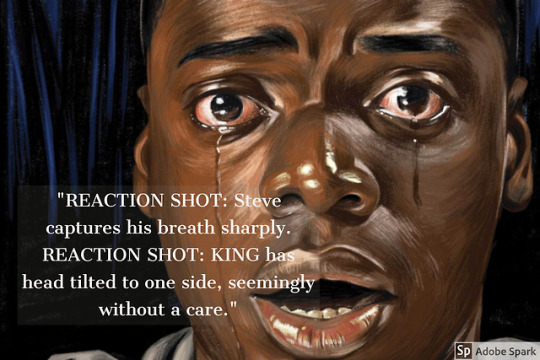
This scene is very telling (granted we can trust the narrator). The idea that the gruesome photo has such a different effect on the two men really plays into Steve’s innocence. This knee-jerk reaction implies that he was not present for the actual murder and that King is remorseless or desensitized to this death.
0 notes
Photo
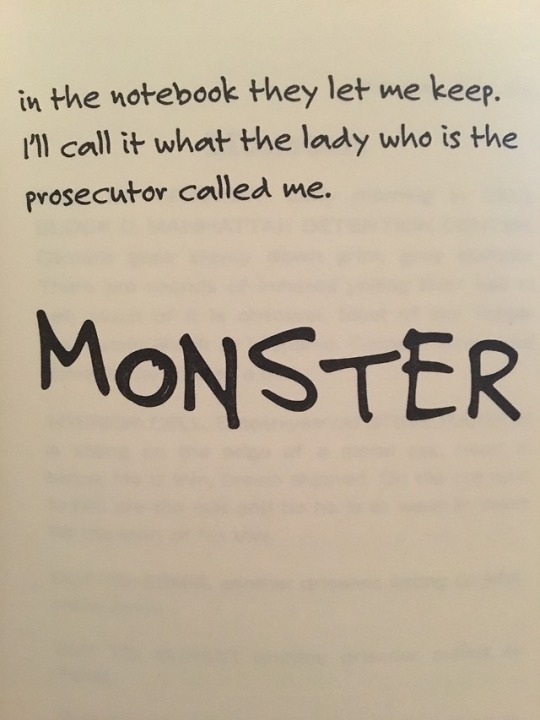
The journal portion is the most compelling and emotional aspect of the book. In the “handwritten portion,” we can see Steve’s innermost thoughts and raw emotions. Without this first-person narrative, we would be viewing the trial in the third person (limited) without any insight into Steve’s feelings. That would drastically alter the perception and overall message of the text.
1 note
·
View note
Photo
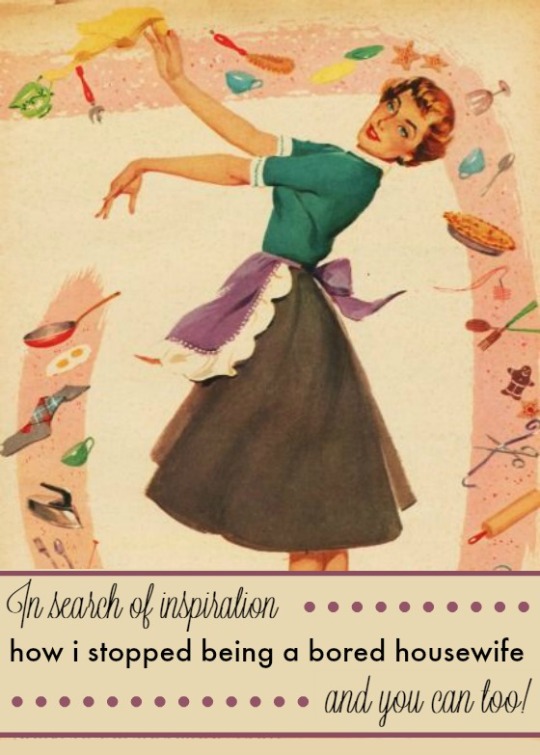
“...the reader realizes that she is much like a housewife, sitting in front of her television/crystal ball, living vicariously through others, snoozing and sitting her life away...” (Schneebaum 32)
This quote, taken from the recent Fishbowl discussion really puts a dramatic (but still realistic) interpretation of the happy medium from L’Engle’s book. I interpret this character as L’Engle’s rejection of the happy medium’s lifestyle. The idea of women having to live vicariously through others and avoid ugly things is clearly overemphasized in the book and even corrected by Mrs. Which. Schneebaum has many interesting and thoughtful points in her article. However, she is too adamant in proving L’Engle’s thoughts are still antiquated.
0 notes
Text
“It must be a very limiting thing, this seeing” -Aunt Beast (p 200)
I completely forgot about the character of aunt beast until I re-read the book, and I truly wonder why. The character L’Engle portrays is such a model for what being insightful and caring entails. The absence of sight in the character only furthers the idea that “love is blind.” This inability to see, but feel, frees aunt beast from prejudice based on visuals. By placing emphasis on Loving the true essence of a person, L’Engle sets up Megs realization that she can only fight the IT with love
0 notes
Photo
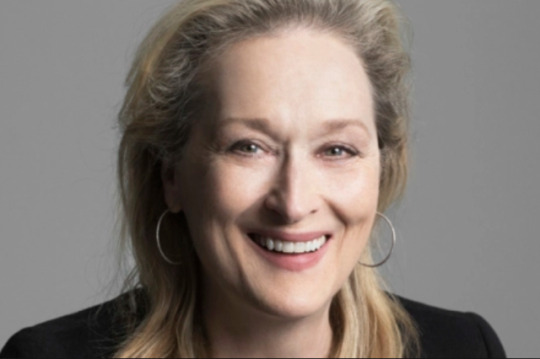
Meryl Streep: My ideal Mrs. Whatsit
Honestly, this woman is perfect for portraying a crazed sheet-stealing (but friendly and warm), old lady. The youth that was portrayed in the most current movie adaptation that accompanied Mrs. Whatsit really did a disservice to the character (sorry Reese you’re still too young).Meryl Streep has a certain quirkiness accompanied with aging that leads me to believe she would have been the perfect scarf-wrapped visitor to the Murry house.
1 note
·
View note
Quote
Therre willl nno llonggerr bee sso manyy pplleasanntt thinggss tto llookk att iff rressponssible ppeoplle ddo nnott ddo ssommethingg abboutt thee unnppleassanntt oness.
Mrs. Which (L’Engle p 96)
Though this quote was a nightmare to copy down, it deserves some recognition. This is the response Mrs. Which gives to the Happy Medium when the medium wants to look at “delightful things” instead of showing the children gross ole earth. The response on Which’s part is a mentality that is not only useful in today’s political scope but contextually defines ideas about the US involvement in the cold war as well (stop the spread of communism).
The quote itself is simple: the unpleasant things in the world will destroy the pleasant ones if we idly sit by and ignore them.
0 notes